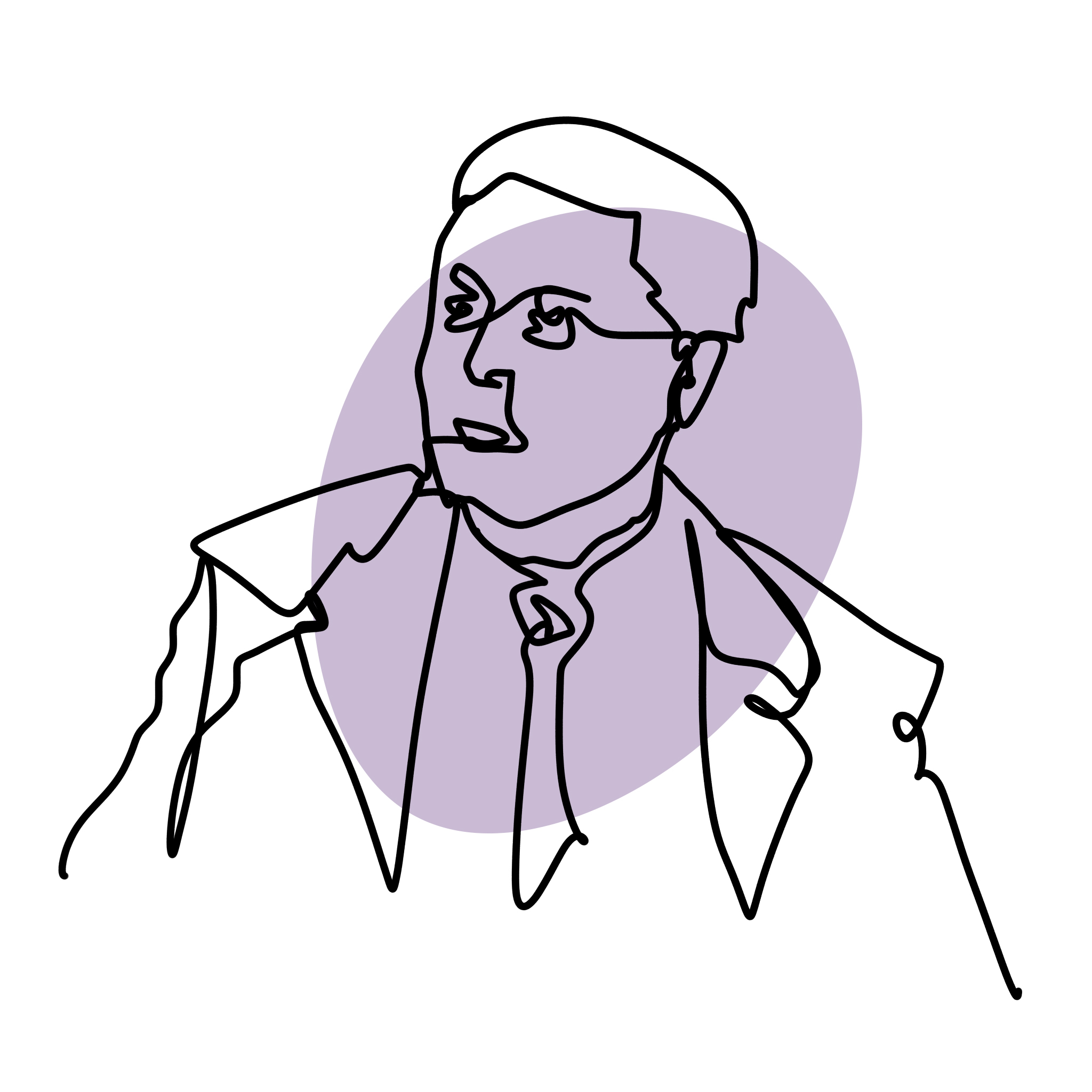We are pleased to share with intOndo's community what we have learnt from Adriano Caputo, an architect who defines himself as a "giver of light" rather than a lighting designer. For his profession he illuminates works of art and their historical contexts to present them to the modern public. With his expertise in preventive conservation of works of art, in museums, in exhibition techniques, installations lighting design in museums and temporary exhibitions, he has literally clarified our ideas on functional lighting and ambient lighting, giving us interesting insights on how to set up our lights at home.
Our interview with Adriano took place outdoors, in the quiet of a beautiful park, on a particularly sunny April day. But the conversation was all about the interiors: how to light them properly, but above all how to properly layout design, collectable or vintage lights to enhance both aesthetics and functionality.
What is the first thing you do when you have to lit a new environment?
In the past the house or the museum were only considered containers, a word that, in my opinion, is deminishing for the place. Locations are places of the heart, the soul, the memory and, above all, places of where leves were lived. These spaces have witnessed not only their objects, but also the people who have made those objects live. It is therefore necessary to find the soul of each place.
For this reason, in my work I am always very careful to grasp what the Latins called the genius loci of the physical place, and also something more: the spirit of the time. I look carefully to identify the signs that time has left within the place. For example, I always think about how this environment was used, because especially in Italy, many buildings have a changed destination from their original one.
One doesn't often think about it, but light is a modern invention: the ancients went to bed at sunset and woke up at dawn, so light was an almost non-existent problem. The first objects born as sources of light intended to revive an environment were produced mainly for noble places, the only ones to be illuminated at night for parties, for security reasons or other reasons. These were aristocratical homes and bishop's houses and therefore the homes of the same patrons of works of art and artistic goods. For this reason it was almost natural to give an aesthetic meaning to light sources, objects that in themselves would only be functional.
For museum projects or those in which an object of historical-artistic value must be enhanced, I tend to work by reflection, using indirect light. This is preferable because most of the time the object to be illuminated was not born to be artificially illuminated. Just think of the Medieval paintings with golden backgrounds or the Byzantine mosaics.
How do you behave instead when the lamps are themselves valuable works?
When I say that I feel more like a "giver of light" than a lighting designer, I think of theatre, where light is used to convey emotions and sensations dictated by the text written by a screenwriter and staged by a director. I tend to listen to a place. For me it's important to respect the lamps chosen by clients, starting from vintage, collectables or historical pieces. For example, I love the lamps by Castiglioni, Flos or Artemide that have become true icons of our time.
However, these lamps do not always offer a useful light to satisfy the desired function. I do not think it is a big problem: it is the object itself that is beautiful, even when is turned off! This is the uniqueness of Italian design: to be able to make a lamp work even when it is switched off. That's why I often focus on ambient lighting, that is the one that conveys the atmosphere of a place. I do so by including hidden light sources, such as LED strips or micro spotlights that do nothing but amplify the effect of vintage or design lights which remain to fullfill the aesthetic view of the place as well as their function. I welcome them all: floor lamps, pendant lamps or vintage and design table lamps.
Imagine a scene at the cinema where an actor smokes a cigarette next to a lit lamp. It seems that it is the object that makes the light, but in reality the atmosphere is rendered by ten hidden projectors turned on upstream of the camera. The single lamp itself could only create a spot of light, not in diminishing sense, but to say that its light would only be functional and would not help to enhance the genius loci.
When you play smart you can turn on a vintage design lamp and at the same time to activate other lights, impossible to find, that create a more pleasant atmosphere. The poetry of my job lies in concealing the light. As Bernini said, only the effect of light has to be seen. My job is a subtle mix of components that have to fall into place.






.png)





